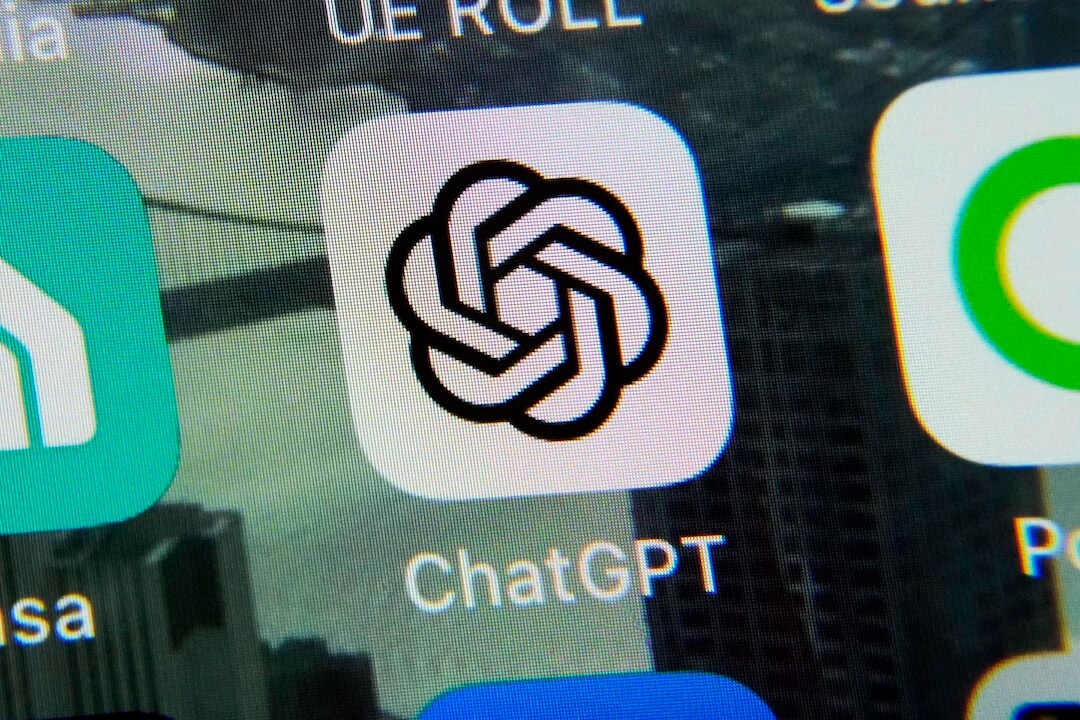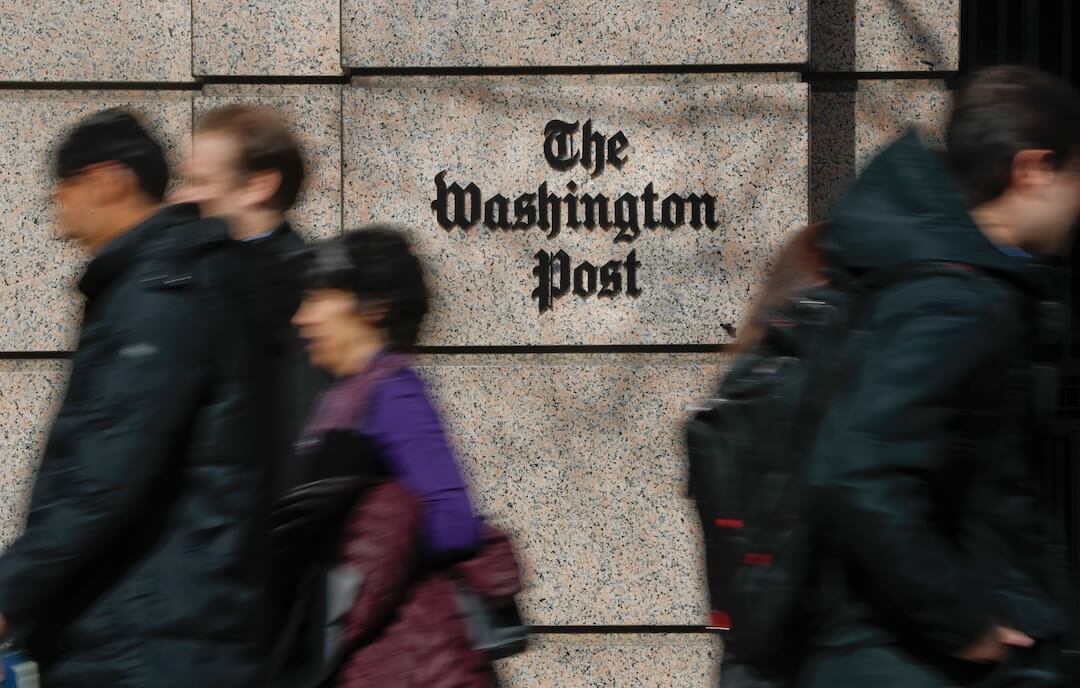In just 30 minutes, a single-word tweet from The Washington Post racked up 2,543 retweets and quote tweets. The post said, simply, “news.” The internet similarly went wild for other one-word posts, including “trains” from @Amtrak and “sports” from @SportsCenter.
The way those tweets took off proves a point: It shows the potential dangers and challenges of adding an “edit” feature to Twitter. On Sept. 1, the company announced that after many years of requests from users, an edit button is finally coming to the platform. It’s currently being tested by Twitter employees and soon will be rolled out to Twitter Blue subscribers, with all users reportedly getting access sometime after that.
There are reasons to applaud this move. That pesky typo in that beautiful tweet or thread you so finely curated that had already gained replies? Gone! That tweet purportedly linking to a news article but your last Ctrl+C was actually tonight’s risotto recipe? Easy fix!
But in today’s confusing, scary and fast-moving information landscape, this change creates more problems for those trying to safely navigate a platform that’s both heavy on breaking news as well as mis- and disinformation. In short, a Twitter edit button makes being news-literate — being able to tell credible, fact-based information from falsehoods — more difficult.
That funny tweet you “liked” 15 minutes ago that’s now spewing hate? Edited. That factual tweet about an election being the most secure ever conducted in X country that garnered hundreds of likes in 22 minutes. Wait … it now falsely claims the election was the most fraudulent ever — and it still has those high engagement numbers! Those are just two possible examples in this potential, editable environment.
Twitter is already awash in mis- and disinformation, with screenshots, memes, outright falsehoods and satire stripped of its original context racking up “likes” and “retweets” faster than fact-checkers, or anyone, can refute them.
Tweets containing misinformation travel further than fact-checks or quote tweets. Not to mention, the half-life of a tweet — the time it takes for a piece of content to reach 50% of its total lifetime engagement — is a mere 20 minutes.
Twitter says any edited tweet will contain a label, a history of edits and a timestamp indicating when it was last changed. This would be great if, in theory, every person on Twitter checked that kind of thing. But when was the last time you clicked on a Facebook label on a political post or stopped scrolling Instagram because a post had been labeled as related to COVID-19?
This brings me to two points: First, this is undoubtedly a salivating change for bad actors intent on sowing discord on the platform. At least some reporters who cover extremism on the internet agree or are skeptical and have suggested other approaches, such as a retraction option. I also found the idea of resetting “retweet” and “like” counts to zero with each edit interesting, but can you imagine Twitter going that route? Me neither.
Secondly, what kind of impact will the labels have? While the concept of “friction” on social media — i.e., creating a pause before someone shares online — is a good thing, this feels like friction that’s only being added to a road that was just smoothed of any potholes.
What does Twitter with an edit button mean for the average person scrolling their phone? With the midterm elections less than two months away and political misinformation thriving, this change — whenever it happens; Twitter hasn’t mentioned a date for the public release, and it doesn’t appear imminent — will make the platform more challenging to use.
News literacy will be more important than ever when scrolling your feed. There are best practices to keep in mind if you don’t want to end up falling for misinformation and amplifying it online. It’s always a good idea to pause, check your emotions, and open another tab and search for information that can help you verify whether whatever you’re seeing is true. If Twitter adds an edit button, news consumers will likely have to do even more work to make sense of the information they’re served up. They’ll have to consider: Does this tweet have a label? And if so, when and why was it edited? What accounts were originally mentioned or not mentioned? What links were initially shared or not?
You and I and everyone will need to be more vigilant on Twitter to tell fact from fiction. Our tweets might look better and those silly typos might disappear, but is the aesthetic worth the trouble?







